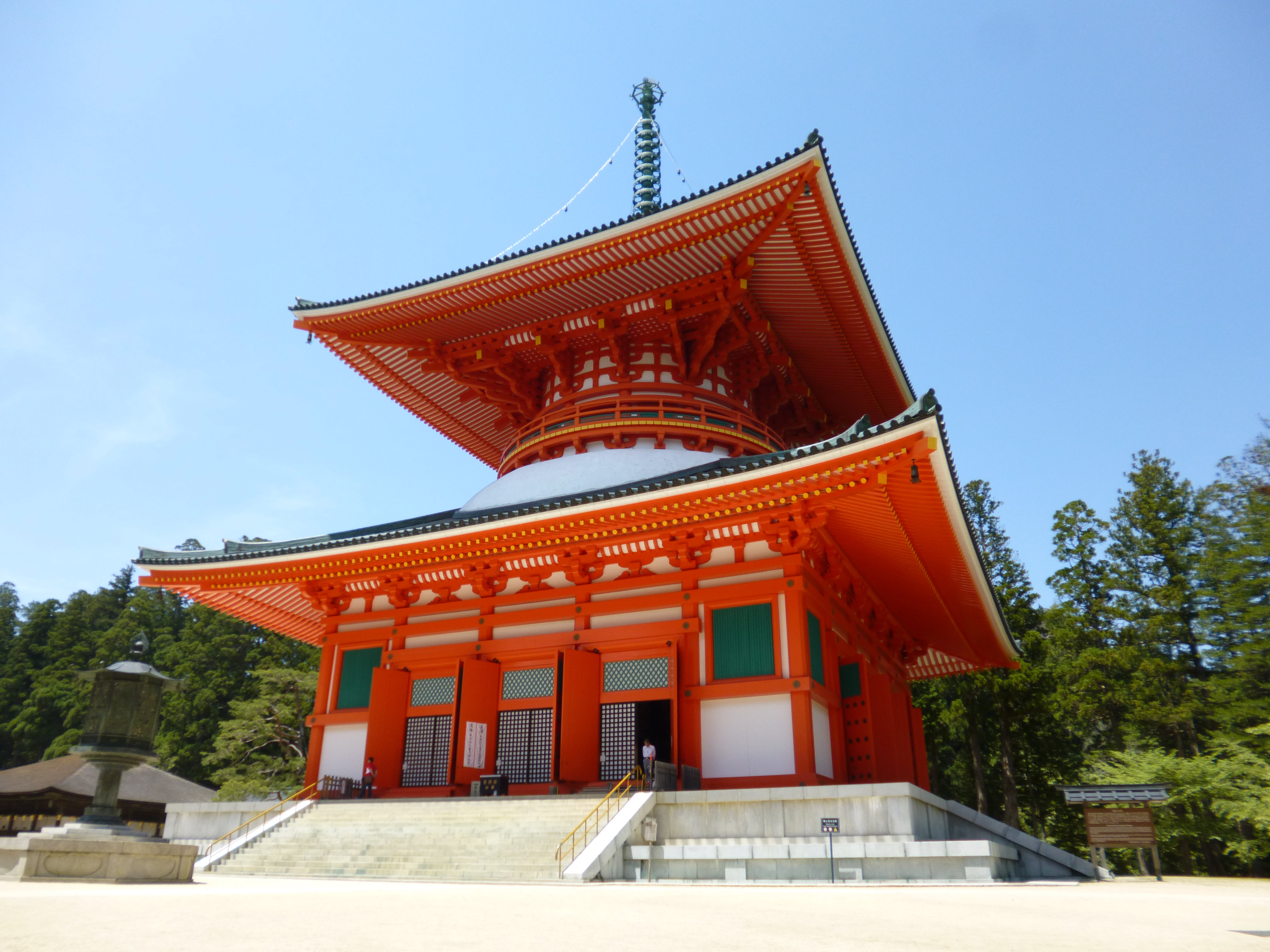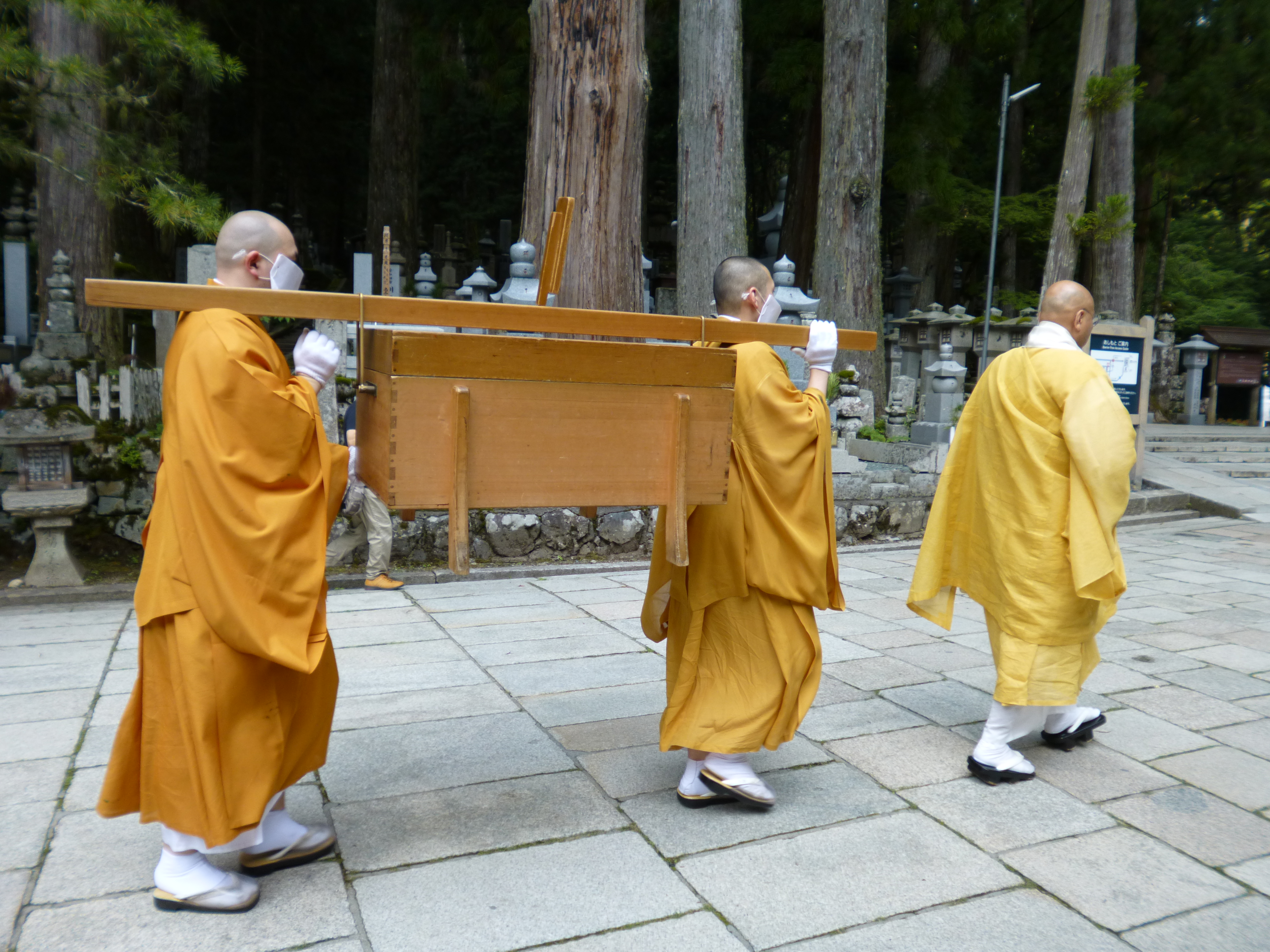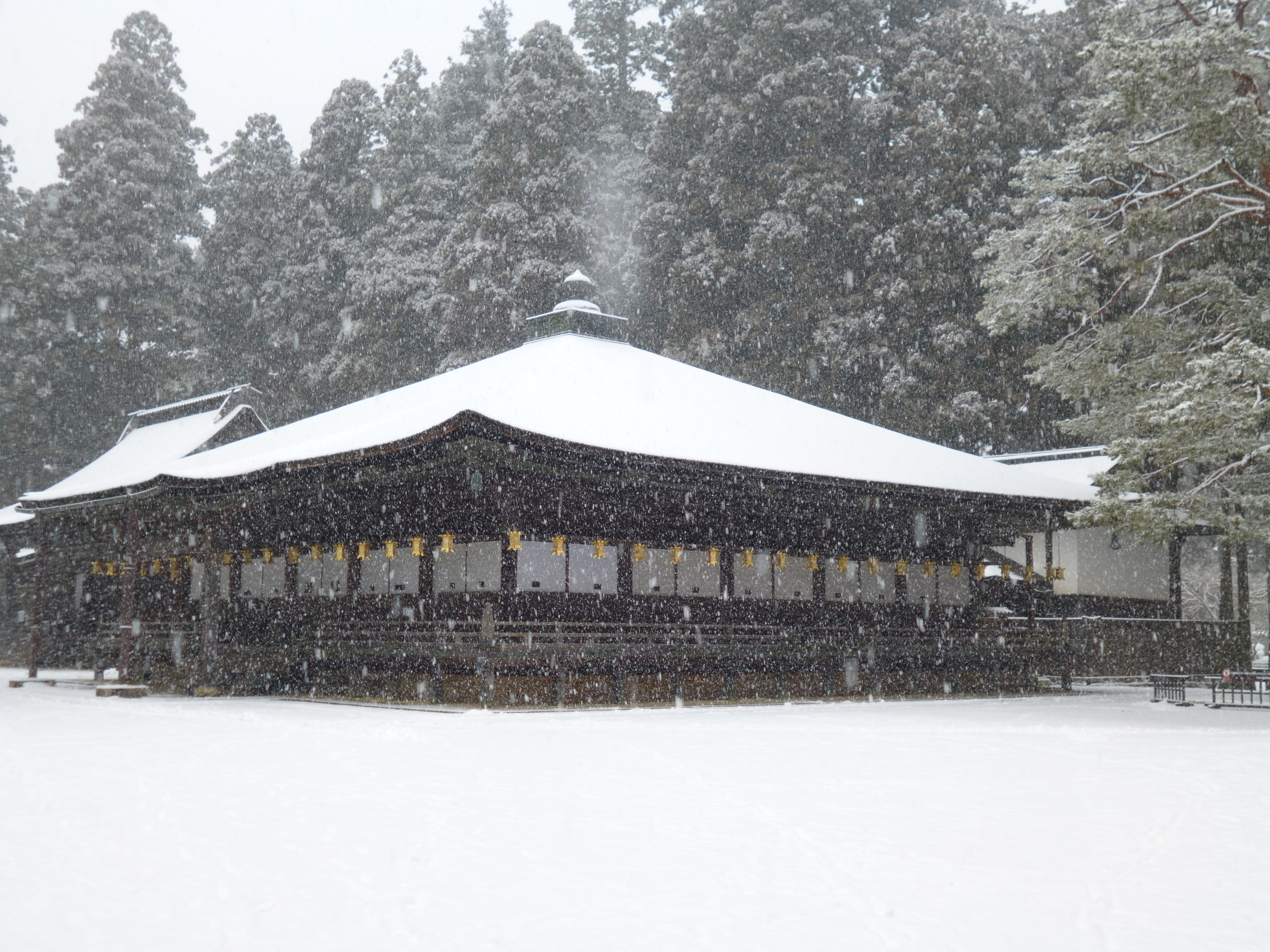Sacred sites of the World Heritage in Koyasan
¥5,000 / guest

”You can get in touch with us to find additional guides who can show you around this activity.”
Overview
Koyasan is a center of Shingon Buddhism in Wakayama prefucture.
Koyasan was founded about 1200 years ago by the great monk Kobo Daishi Kukai.
We will visit two main sacred area of the UNESCO World Heritage, Okunoin and Danjo Garan temple complex.
If you are vegan, please visit the restaurant of Vegetarian Cuisine.
Meeting place
Your guide will meet you at Koyasan station which is 2 hours train ride from Osaka.You may chose other meeting places.Those are Kansai International Airport, your hotel in Osaka and your loddging temple in Koyasan.
Route
-
1
Koyasan Okunoin
Okunoin is a cemetery and sacred area that extends about 2km from the Ichinohashi bridge to Kobo Daishi's mausoleum.
The path is lined on both sides by hundreds of centuries-old towering cedar trees.
Among the trees are over 200,000 gravestones and memorial pagodas for people ranging from important figures to commoners. -
2
Danjo Garan Monastic comprex
Okunoin and Danjo Garan are considered the most sacred areas of Koyasan.
The name Garan is derived from Sanskrit, and means a quiet and secluded place where Buddhist monks may train.
The Garan is where Kobo Daishi actually began construction himself in the early years of Koyasan’s history.
In 819 the guards, Niutsuhime and Karibamyojin were enshrined here.
In addition the construction of Great Stupa, the golden hall and many other buildings had begun during Kobo Daish’s lifetime.
The path leading to the Danjo Garan from the east is illuminated at night, and in autumn the maple leaves here are beautiful. -
3
Vegan foods resutaurant in Koyasan
Buddhist vegetarian cuisine (the Shojin Ryori ) originates in China, and adapted to Japan by monks throughout the years.
In accordance with Buddhist teachings, the vegetarian meal is made by the delicate enhancement of a natural taste, the use of limited ingredients as well as the nonuse of meat.
It is based on the concept of five flavors, five cooking methods and five colors.
A meal should include a grilled dish, a deep-fried dish, a pickled dish, a tofu dish and a soup dish.
Sesame Tofu ( Goma dofu ) is Koyasan’s highly nutritious foods containing precious protein, and is served up very often at the restaurants and Shukubo temple.
You may choose vegan restaurant by lunch price ( 1500 yen - 6000 yen for one person ) -
4
Kongobuji Temple
Kongobuji is the administrative head temple of Koyasan Shingon Buddhism.
The temple was founded in 816 by Kobo Daishi Kukai.
Originally the entire area of Koyasan was known as Kogobuji and there was no specific building by that name.
In 1593, Hideyoshi TOYOTOMI built Seiganji temple and Mokujiki OGO built Kozanji temple next to Seiganji temple.
The building now called Kongobuji was combined in 1869 from those two temples.
The temple contains beautiful screen paintings and Japan's largest rock garden, the Banryutei.
Details
- Location Wakayama
- Languages English
- Max participants Up to 4 people
- Activity duration About 4 hours
Things to know
The tour fee does not inlude transportation fee, admission fee and meals.
Keywords
- Art & Architecture
- Beautiful Scenery
- Food & Drink
- Unesco World Heritage
- Special Diet

”You can get in touch with us to find additional guides who can show you around this activity.”




